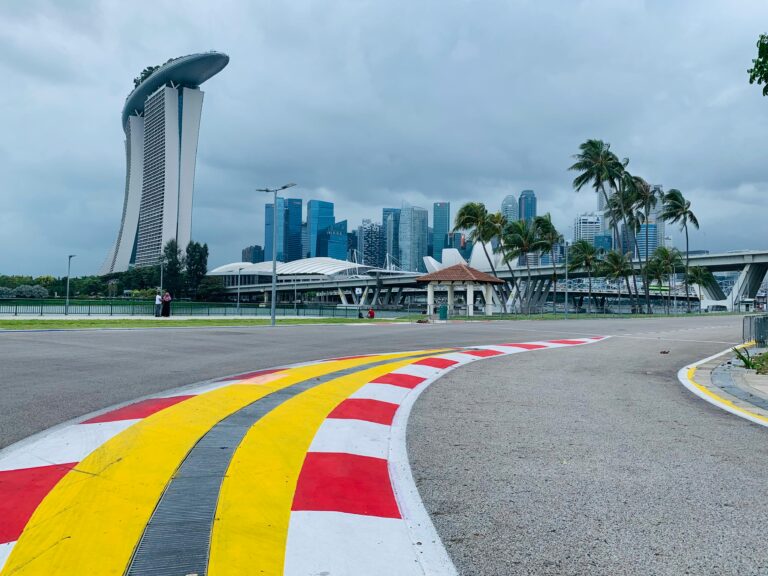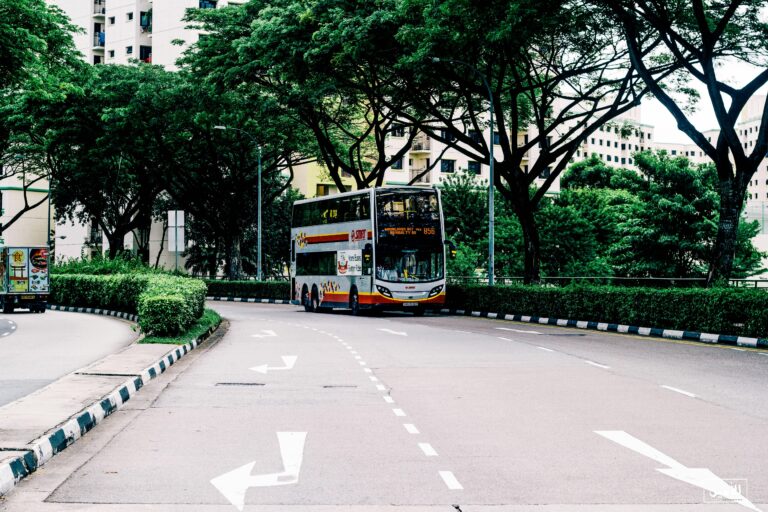
Introduction
The Johor-Singapore Causeway serves as a vital link between Malaysia and Singapore, facilitating daily commutes, trade, and tourism. However, persistent congestion on this crucial artery has become a pressing issue, impacting economic efficiency, environmental sustainability, and overall quality of life for commuters and residents alike. This article delves into the root causes of congestion, its effects, and proposes solutions to alleviate this longstanding challenge.
read more articles here: https://learntodrivesg.com/
Causes of Causeway Congestion
The congestion on the Johor-Singapore Causeway can be attributed to several key factors:
- High Volume of Commuters: Thousands of Malaysians commute daily to work in Singapore, contributing to heavy traffic during peak hours, especially in the mornings and evenings.
- Trade and Freight Traffic: The causeway is a major route for transporting goods between Malaysia and Singapore, leading to substantial truck traffic, particularly during economic peaks.
- Tourism and Weekend Traffic: Both Singaporeans visiting Malaysia for leisure and Malaysians visiting Singapore contribute to increased traffic, particularly on weekends and holidays.
- Infrastructure Limitations: Originally constructed decades ago, the causeway’s design and capacity struggle to cope with the growing volume of traffic. Limited lanes and outdated infrastructure exacerbate congestion.
- Border Crossings and Immigration Checks: Immigration clearance procedures at Woodlands and Tuas checkpoints can cause significant delays, particularly during peak travel times, adding to congestion.
Effects of Causeway Congestion
The congestion on the Johor-Singapore Causeway has far-reaching impacts:
- Economic Disruptions: Delays in transporting goods and services across the causeway disrupt supply chains, affecting businesses’ productivity and economic efficiency in both countries.
- Environmental Concerns: Prolonged idling and stop-and-go traffic contribute to increased vehicle emissions, worsening air quality in the region and impacting efforts to achieve environmental sustainability goals.
- Social Impacts: Commuters face stress and frustration due to unpredictable travel times, affecting work-life balance and overall quality of life. Increased congestion also leads to road rage and heightened safety risks.
- Safety Risks: Congestion increases the likelihood of accidents on the causeway and can hamper emergency response times, posing risks to public safety.
Traffic time Causeway Congestion in Singapore and Malaysia
The travel time across the causeway between Singapore and Malaysia can vary significantly depending on various factors such as:
- Time of Day: Peak hours, typically during morning and evening rush hours, can significantly increase travel times due to heavy traffic.
- Day of the Week: Weekdays generally see more commuter traffic compared to weekends, impacting travel times.
- Immigration Clearance: Delays at immigration checkpoints, especially during peak travel times or due to increased security measures, can add to travel times.
- Weather Conditions: Inclement weather, such as heavy rain or fog, can reduce visibility and traction, affecting travel speeds.
- Infrastructure Conditions: Construction or maintenance activities on the causeway may lead to lane closures or reduced speed limits, further increasing travel times.
- Public Holidays and Festivals: During peak travel periods like major holidays or festivals, traffic congestion can intensify, leading to longer travel times.
Typical Travel Times
On average, the travel time for a car or bus to cross the Johor-Singapore Causeway can range from 30 minutes to over 2 hours, depending on the factors mentioned above. However, during exceptionally congested periods or unforeseen circumstances, travel times can exceed these estimates.
Strategies to Manage Travel Time
To mitigate the impact of congestion and reduce travel times:
- Plan Ahead: Check traffic updates and plan travel during off-peak hours if possible.
- Use Alternative Routes: Explore alternative routes or transportation modes such as trains or ferries to bypass heavy traffic.
- Preparation for Immigration: Ensure all necessary documents are prepared to expedite clearance at immigration checkpoints.
- Stay Informed: Stay updated on current road conditions and any advisories that may affect travel times.
Solutions to Alleviate Causeway Congestion
Addressing the congestion on the Johor-Singapore Causeway requires a comprehensive approach involving infrastructure improvements, enhanced transportation options, efficient border management, and innovative traffic management strategies:
- Infrastructure Expansion: Widening the causeway and enhancing infrastructure such as tolling systems and smart traffic management technologies to improve traffic flow and reduce bottlenecks.
- Enhanced Public Transportation: Investing in cross-border public transit options, including buses and trains, to provide commuters with reliable alternatives to private vehicles.
- Integrated Border Management: Streamlining immigration and customs procedures to reduce clearance times at checkpoints and improve traffic flow.
- Demand Management Strategies: Implementing congestion pricing or tolling schemes during peak hours to manage traffic volume and incentivize off-peak travel.
- Long-term Planning and Cooperation: Collaborating between Singaporean and Malaysian authorities to develop sustainable infrastructure solutions that anticipate future traffic demands and support economic growth.
Conclusion
The congestion on the Johor-Singapore Causeway is a complex issue with profound implications for both countries. By implementing a combination of infrastructure upgrades, improved public transportation options, efficient border management, and strategic traffic management strategies, Singapore and Malaysia can alleviate congestion, enhance connectivity, promote economic development, and improve the overall well-being of commuters and residents. Addressing these challenges collaboratively is essential to ensuring the long-term sustainability and efficiency of this critical international link.






